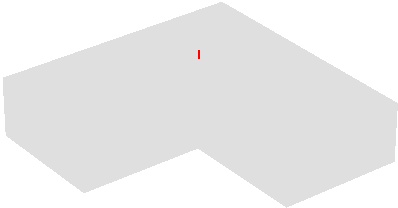|
|
 |
FMPS (Fast Multi-Particle Scattering) Software
A variety of problems in applied physics and engineering require the solution of Maxwell's equations in complex micro-structured materials. FMPS combines high-order accurate integral equation methods with classical multiple scattering theory. It assumes only that the material consists of an isotropic background in which are dispersed a large number of micro- or nano-scale metallic or dielectric inclusions.

Widget to compute light scattering by a sphere dimer by Javier García de Abajo.
- Link (30 Sept 2010, 31 Jul 2015))

Scilab multisphere Mie scattering code by Alexander Burin.
Programming codes by A. L. Burin, written in Scilab to compute interaction between multiple spheres.
Lidar is affected by multiple scattering in any optically thick medium, particularly liquid clouds. Millimetre-wave radar is typically only affected when observing deep convective clouds from space. One approach to deal with this problem is to use a variational retrieval algorithm with a forward model that can represent multiple scattering while being both accurate and fast. This code is such a forward model, and consists of two algorithms.

Delphi code by Uwe Kätzel to compute multiple scattering by a number of spheres.
- Link (22 Jul 2009)
- Thesis: Uwe Kätzel: Dynamic Light Scattering for the Characterization of Polydisperse Fractal Systems by the Example of Pyrogenic Silica. Dissertation, Technischen Universität Dresden, Dresden 2007.
Coupled-dipole simulations of sparse plasmonic nanoparticle assemblies using the cda package

Read more ...
Fortran code for a semi-empirical model of absorption and scattering by isotropic fractal aggregates of spheres by Pascal Rannou.
The Multiple Sphere T Matrix Fortran-90 Code by Dan Mackowski.
MSTM is a package for calculating the electromagnetic scattering and absorption properties of systems of spheres.
The code is designed to run on distributed memory parallel platforms, and uses MPI instructions in conjunction with fortran-90.
Initial release date: 15 January 2011.

Yu-lin Xu's GMM (Generalized Multiparticle Mie-Solution) Fortran codes for multi-particle light-scattering calculations. There are codes for fixed-orientation or random-orientation of a number of spheres, core-mantle spheres, various shaped particles.
|
|
 |
|

